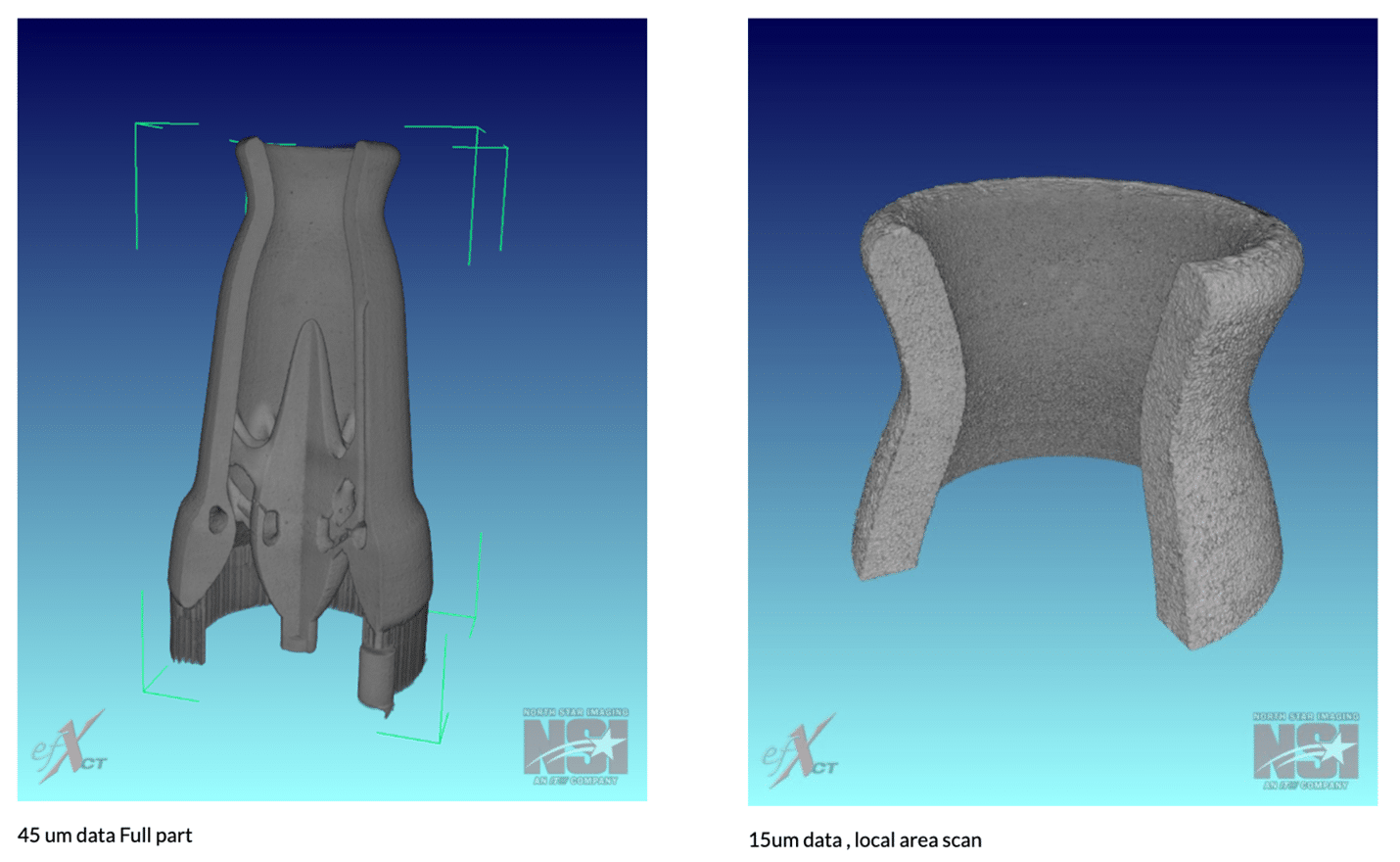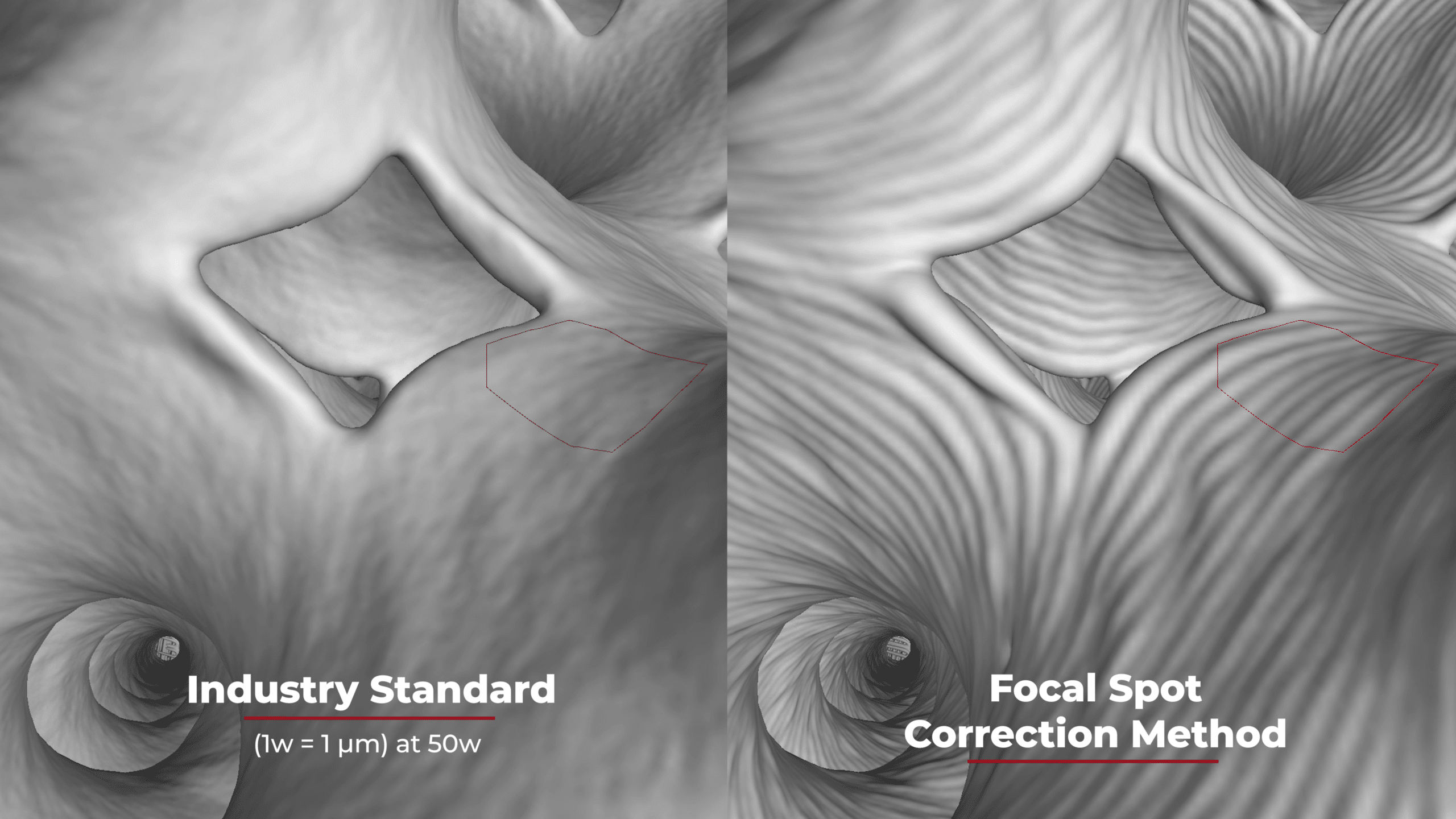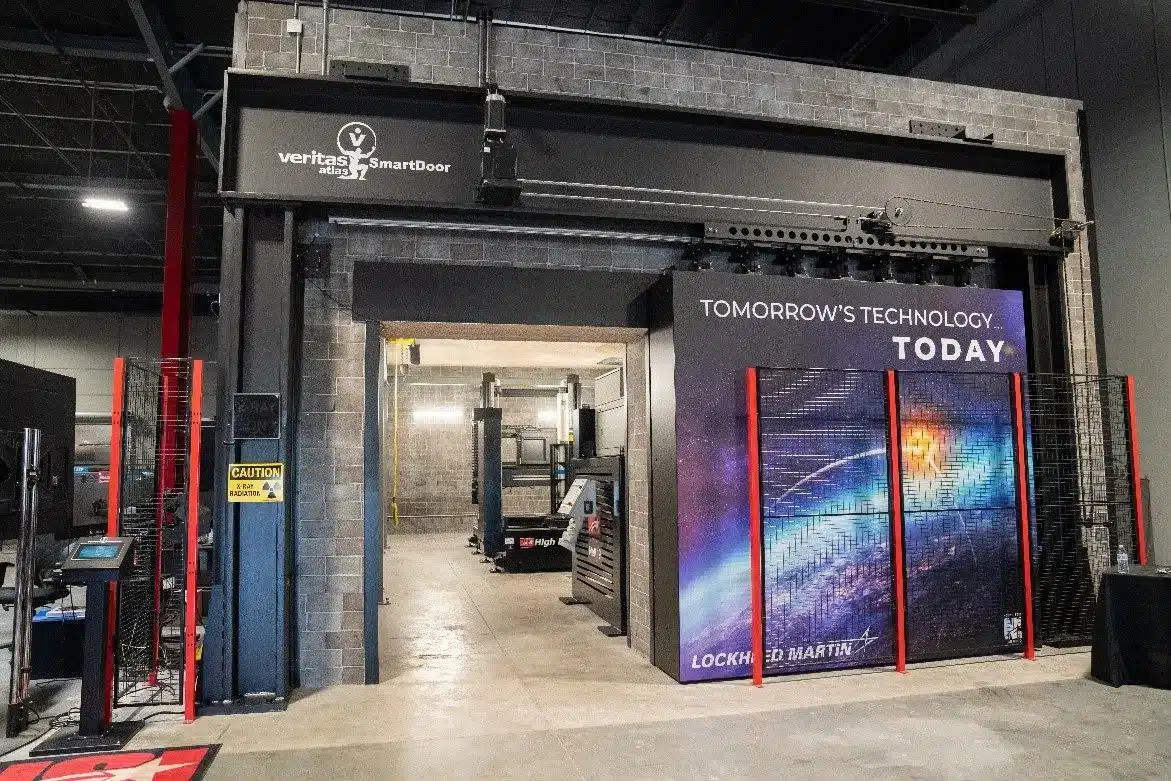7 Frequently Asked Questions about CT Scanning
1. CAN I SCAN MY PART?
To answer this we need to ensure we are focused and optimized in the right areas by digging deeper in to the goals of the project.
- First, we review the physical size of the sample, because smaller samples and more localized areas of interest will yield higher resolution data sets. Systems can be as small as desktop and as large as a walk in vault, each with its own capability and limitations.
- Next, we consider the material. The higher the materiel density or atomic number the more x-ray power will be needed to penetrate the sample.
2. WHERE IS CT CURRENTLY USED?
From Research and Development to Field Failure, CT can be used by everyone involved in the creation and implementation of a product. R & D uses CT to evaluate material density, for prototype prove out and failure analysis. CT information helps them make critical decisions quickly and efficiently. Product Development uses CT to improve speed to market and find trouble spots to stay on schedule. Production screens the product after assembly. They measure and approve the internal features without damaging it. Finally, Field Failure uses CT to screen the product to identify if the failures are wide spread or isolated. This is critical for getting the product back to use or feeding improvements back to the team for redesign.
3. CAN I SEE CRACKS IN MY SAMPLE?
The quick answer is yes! However, x-ray photons need to pass through the crack to be able to see it and the resolution of the scan needs to be matched up to the anticipated size of the cracking to ensure detectability. Therefore, we need to understand the expected levels of cracking, the size and material of the cracking and the orientation of cracking relative to the x-ray beam before we made a deduction.
4. ARE THERE ANY RADIATION DOSE CONCERNS?
Common plastic, rubbers, metals and composites are not impacted by radiation. There are rare cases where certain space or medical grade electronic products have defined radiation dose limitations due to their future exposures to radiation. If there is a concern please consult NSI to determine feasibility.
5. SHOULD I SCAN THE ENTIRE SAMPLE OR FOCUS ON A SMALL AREA OF INTEREST?
It is true that focusing on a small area of interest allow for a higher resolution. But if the goals of the project include scanning the entire sample then more advanced technologies like VorteX and MosaiX can be utilized to achieve both resolution and areas of interest that otherwise would not fit on the detector.
6. WHAT ARE THE CYCLE TIME REQUIREMENTS?
This is important to understand because it can drive the project from initial setup to the final speed & quality of the scan. Once set-up and fixtures are defined, simple duplicate scans can often be completed in a few minutes to an hour. Often the scans can be accelerated after we’ve determined the goals can be met.
7. HOW MANY PARTS CAN YOU SCAN?
North Star Imaging has the largest capacity in North America for industrial CT scanning. NSI has completed many highly critical projects in Aerospace, Automotive, Defense and Medical Device. The projects have enabled grounded aircraft to be put back in service, recalls to be avoided as well as safety and quality of products to be 100% confirmed before being put in service or continuing on with manufacturing.


